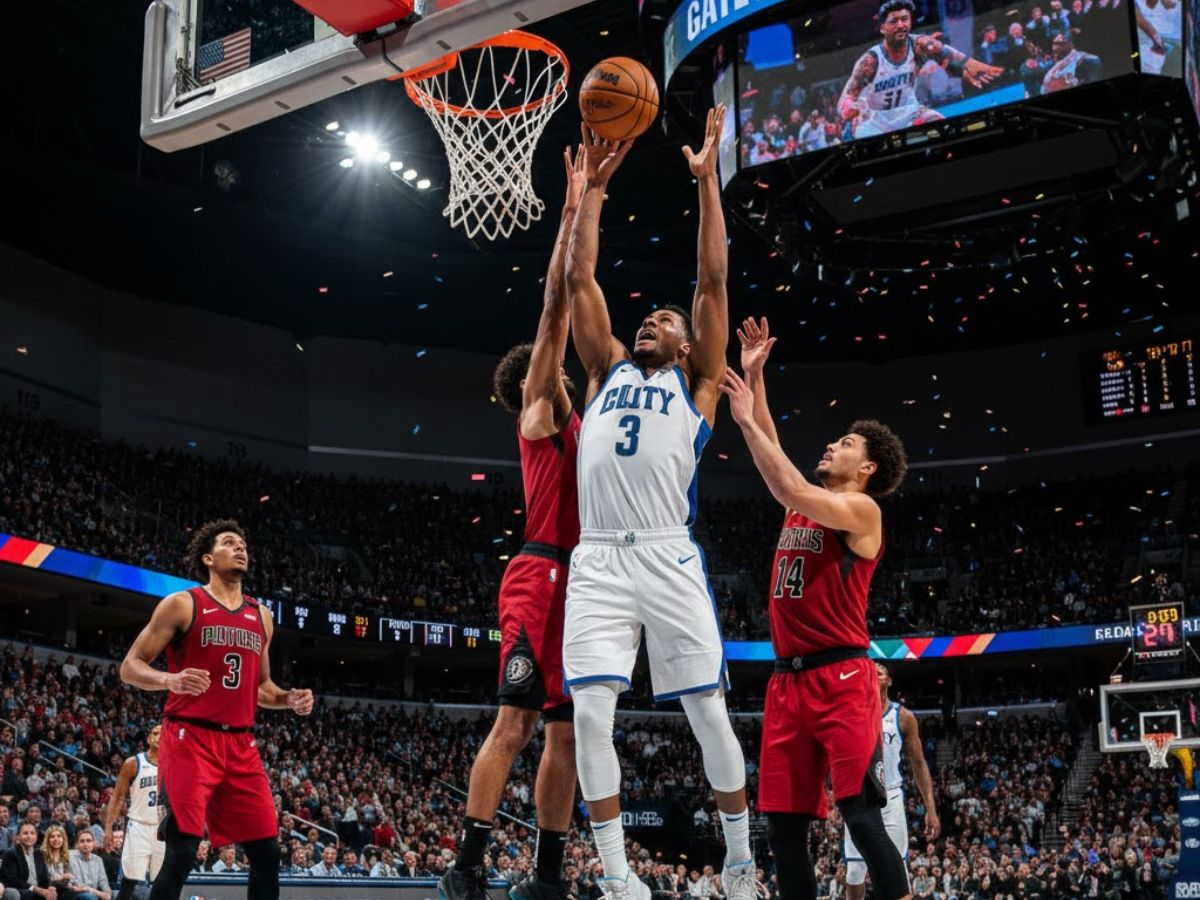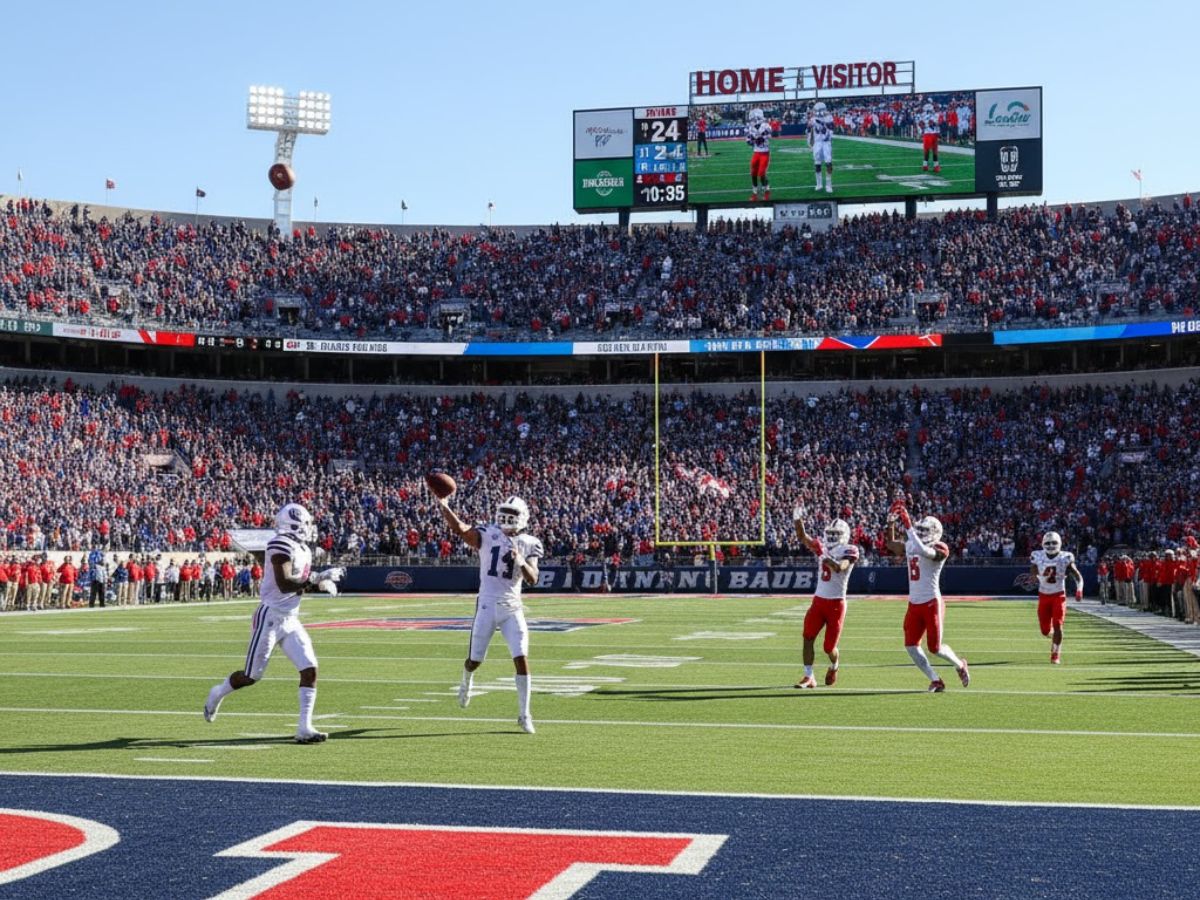The NBA season is long, 82 games stretched over six months, not counting the playoffs. For players, especially veterans and superstars, that’s a brutal schedule. For fans and bettors, it’s unpredictable. You might spend hours handicapping a matchup between the Lakers and Warriors, only to learn an hour before tip-off that LeBron James or Stephen Curry is resting. Suddenly, the line moves, the total shifts, and your careful analysis feels pointless.
Also Read: How to bet on NBA player props like points and rebounds
Welcome to the modern NBA era, where load management has become part of the game, and smart bettors need to adapt. This guide breaks down what load management means, how it affects betting markets, and how to adjust your strategy to stay profitable even when the stars sit.
What is NBA load management?
Load management is the practice of resting star players during the regular season to preserve their health and performance for the playoffs. Teams monitor fatigue, travel schedules, and minor injuries, choosing to rest players on certain nights — especially during back-to-back games.
It’s a controversial but strategic move. Coaches call it smart; fans call it frustrating. But for bettors, it’s a challenge — and sometimes, an opportunity.
How load management impacts NBA betting lines
When a star player is ruled out, sportsbooks react instantly. The betting line, moneyline, and total can swing sharply, often within minutes.
Example:
If the Dallas Mavericks open as -6 favorites against the Spurs and Luka Dončić is ruled out an hour before tip-off, that line might drop to -1 or even flip in favor of San Antonio.
Here’s how different markets react:
- Point spread: Moves 3–8 points depending on the star’s importance.
- Moneyline: Shortens drastically for the underdog once news breaks.
- Totals (Over/Under): Often drop, as offensive output is expected to decrease.
For bettors, these movements can either ruin your pre-game bet or create late value, depending on when you act.
Also Read: Top betting apps that pay out fastest in the US
Strategies to adjust your bets when stars sit
1. Follow player news in real-time
Use official NBA injury reports and alerts from sportsbooks or verified reporters (like Shams Charania or Adrian Wojnarowski). News breaks fast, and being early lets you catch mispriced lines before they adjust.
2. Bet late, not early
While early lines sometimes offer value, load management is unpredictable. Waiting until closer to tip-off allows you to confirm lineups and avoid being blindsided by last-minute scratches.
3. Look for team depth and bench strength
Teams like the Celtics, Nuggets, or Thunder have deep benches that can cover spreads even without stars. Others fall apart when one key player sits. Study how teams perform without their top scorer — it’s often more revealing than their season average.
4. Use live betting to your advantage
If a favorite is struggling early without a star, sportsbooks often overreact. That’s where live betting can be gold, jumping in mid-game when odds shift too far in one direction.
5. Watch for public overreaction
Casual bettors tend to overcorrect when stars rest, hammering the underdog or the under. But the market often stabilizes. For example, if Giannis Antetokounmpo sits, the Bucks might still cover thanks to team structure and pace of play.
6. Monitor totals closely
When a high-usage player sits, totals often dip, but that doesn’t always mean lower scoring. Teams sometimes play faster without their stars, spreading the ball and generating more possessions. Don’t blindly bet the under.
Spotting betting value during load management
Load management creates short-term chaos in betting markets, and chaos often means opportunity.
- Team identity: Some squads rely heavily on stars (like the Suns), while others have balanced scoring.
- Motivation: A rested bench player might get a chance to prove himself, while the opponent might relax against a weakened lineup.
- Schedule spots: Teams playing the second leg of a back-to-back are prime candidates for surprise rest days, plan your betting schedule accordingly.
Experienced bettors track each team’s load management tendencies. The Clippers, for example, have been known for resting stars like Kawhi Leonard and Paul George. Recognizing these patterns helps anticipate when lines might shift.
Real example: How odds move when stars sit
Let’s say the Warriors are playing the Kings, and Golden State opens as -5 favorites.
If Steph Curry is ruled out:
- The spread may shift from -5 to +2.
- The total might fall from 236.5 to 229.5.
- The Kings’ moneyline could drop from +180 to -140.
If you’d bet the Kings early, you’d now have huge closing line value (CLV). But if you’d waited, you could have bet the adjusted total live, after watching how Golden State’s offense adjusted.
Long-term perspective: Betting smarter in the load management era
Load management isn’t going away. The NBA has tried limiting rest on nationally televised games, but teams still prioritize player health.
That means successful bettors in today’s NBA must stay flexible, react fast, and think beyond player names. Instead of just betting “who plays,” focus on how teams adapt, pace, defense, and rotations tell the real story.
In today’s NBA, load management isn’t a surprise, it’s a strategy. And bettors who learn to adapt can turn that unpredictability into profit.
By watching line movement, understanding team depth, and reacting faster than the public, you can stay one step ahead — even when the stars are sitting courtside in street clothes.
FAQs
Q1. What’s the best time to bet on NBA games during load management season?
Usually within 30–60 minutes before tip-off, once starting lineups are confirmed.
Q2. Do sportsbooks refund bets if a player sits out?
No. Bets are based on team results, not player participation, unless it’s a player prop bet, in which case most sportsbooks void if the player doesn’t play.
Q3. Why do lines move so fast when stars are ruled out?
Oddsmakers instantly adjust odds to prevent sharp bettors from exploiting slow updates.
Q4. Should I always avoid betting games with uncertain lineups?
Not necessarily. Uncertainty creates opportunity, just wait for confirmed lineups and look for overreactions in the market.
Q5. Can load management make betting more profitable?
Yes, if you track patterns and react quicker than the public. Bettors who understand team depth and coaching tendencies often find better value when stars rest.








